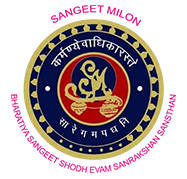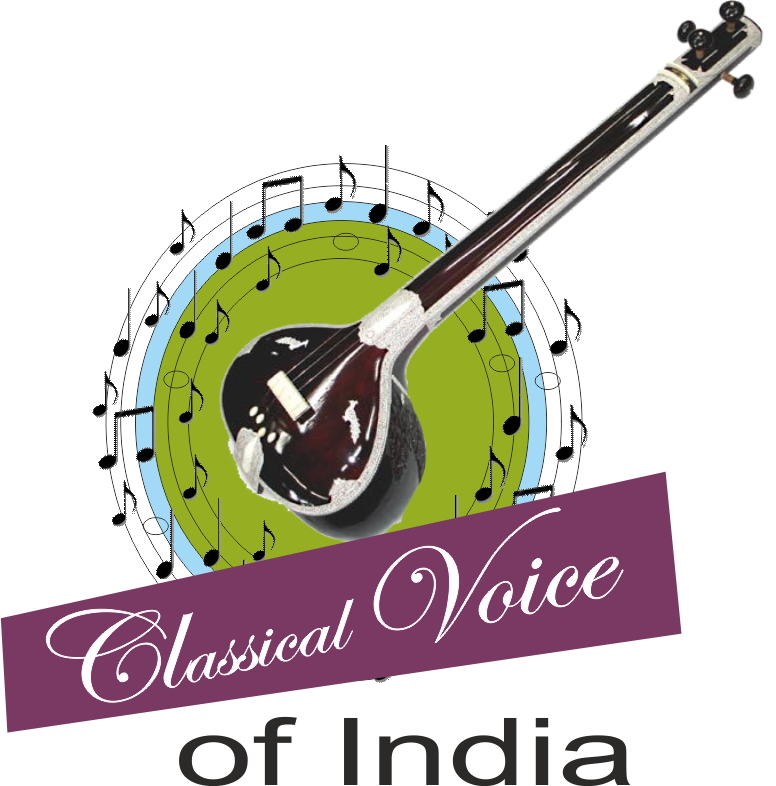Long before acoustics came to be understood in Europe as a subject of study, the ancient Arab, Greek and Indian civilizations were already familiar with the therapeutic role of sounds and vibrations and the later day concepts pertaining to them. Music, which started from 7 basic musical notes derived from sounds of nature or songs of various animals, has evolved considerably over time from mere entertainment to a form of therapy. It is being increasingly recognized that music can make a difference not just to our moods and relationships but to our health and recovery.
Our exposure to “music” probably starts from the 20th week in the womb when the baby’s hearing faculties develop, and he “listens” to his mother’s heartbeat. The fluctuations of her heart rate brought on by anxiety, frustration, relaxation or rest are stored in the fetal brain as memories, often reflecting in later years, the moods and attitudes of the two-some.
Adolescents attach great importance to music often huddling as friends or partners based on a common taste or liking to a type of music – slow classical, to rhythmic melodies, to vocal,deep-throated emotional renderings, to pop, jazz or hard rock. This common “taste” often brings together people of similar emotional dispositions, common backgrounds and at times, common intra-uterine experiences. Little surprise then that music bonds so well!
The areas where music therapy has been used range from mood disorders in adolescents, learning disorders in children, heart diseases in adults, stress management, recovery from stroke and high blood pressure.
Although there are several techniques of using music as therapy, most schools follow the steps of assessing the patient’s need, studying his backgound and preferences, planning and preparing a varied combination and dose of music – not just listening, but playing or singing, composing and song-writing, and moving to music.
According to the Mayo Clinic, USA, around 3% of adolescents suffer from mood disorders, of whom 1% commit suicide. An average American adolescent listens to 4.5 hours of music every day. Those suffering from either variety of mood disorders, depression and bipolar, respond very well to music therapy, reporting emotional, social and daily-life benefits, along with formation of one’s own identity. It also provides a creative outlet for release or control of emotions, and improves coping behaviour, self esteem and mood swings.
Neuroscientists have shown that some portions of the brain show electrical activity when we listen to music. One of the methods being used by them therefore is to use music to stimulate these portions that have been knocked down by stroke. Indeed regular exposure to music has been shown to enhance recovery of both mental and physical functions in stroke patients.
While music is usually recognizefd only for its entertainment value, its ability to influence health has been recognized in India for a long time. The Naad system dates back to Tantric times, when musicologists realized that certain rhythmic vibrations could have profound impacts on a person’s mood and health.
Raga, we all know is the sequence of selected notes (swaras) that lend appropriate ‘mood’ or emotion in a selective combination. Depending on their nature, a raga could induce or intensify joy or sorrow, violence or peace and it is this quality which forms the basis for musical application. Thus, a whole range of emotions and their nuances could be captured and communicated within certain rhythms and melodies. Playing, performing and even listening to appropriate ragas can work as a medicine.(Bagchi, 2003) Various ragas have since been recognized to have definite impact on certain ailments. (Sairam, 2004b)
History of Raag Chikitsa
The ancient Hindus had relied on music for its curative role: the chanting and toning involved in Veda mantras in praise of God have been used from time immemorial as a cure for several disharmonies in the individual as well as his environment. Several sects of ‘bhakti’ such as Chaitanya sampradaya, Vallabha sampradaya have all accorded priority to music.
Historical records too indicate that one Haridas Swami who was the guru of the famous musician in Akbar’s time,Tan Sen is credited with the recovery of one of the queens of the Emperor with a selected raga.Legend has it that Saint Thyagaraja brought a dead person back to life with his Bilahari composition Naa Jiva Dhaara. Muthuswamy Dikshitar’s Navagriha kriti is believed to cure stomach ache. Shyama Sastry’s composition Duru Sugu uses music to pray for good health.
According to an ancient Indian text, Swara Sastra, the seventy-two melakarta ragas (parent ragas ) control the 72 important nerves in the body. It is believed that if one sings with due devotion, adhering to the raga lakshana (norms) and sruti shuddhi, (pitch purity) the raga could affect the particular nerve in the body in a favourable manner.
While the descending notes in a raga (avarohana) do create inward-oriented feelings, the ascending notes (arohana) represent an upward mobility. Thus music played for the soldiers or for the dancers have to be more lively and up lifting with frequent use of arohana content. In the same way, melancholic songs should go for ‘depressing’ avarohanas. Although it is not a rule, most of the Western tunes based on major keys play joyful notes, while those composed in minor keys tend to be melancholic or serious.
Some Therapeutic Ragas
Some ragas like Darbari Kanhada, Kamaj and Pooriya are found to help in defusing mental tension, particularly in the case of hysterics. For those who suffer from hypertension, ragas such as Ahirbhairav, Pooriya and Todi are prescribed. To control anger and bring down the violence within, Carnatic ragas like Punnagavarali, Sahana etc. do come handy. The potential of music is waiting to be tapped. Listen to it and let it make a difference to your health and lives.


